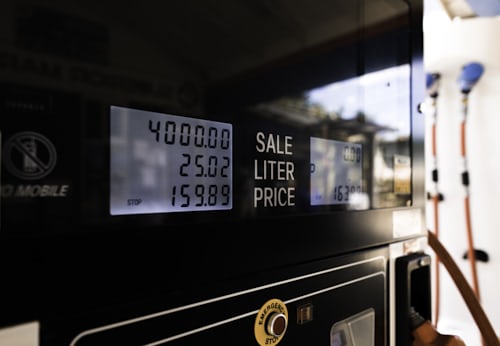Diesel has consistently been one of trucking and transportation companies’ most expensive operating costs. If you own a business or manage a fleet of vehicles, finding ways to save money on fuel will be a top priority. Most companies can have the most success in cutting their fuel costs by utilizing a combination of strategies.
Learn how to lower your fleet’s fuel cost and consumption by keeping an eye on solutions such as improving driver behavior, establishing strict vehicle maintenance procedures, using telematics, and carefully specifying vehicles. Apply for a fuel card as many brands have rewards points that will save you money off your fuel bill. You can also save money by looking for the best diesel delivery services in lancaster.
Ways of Reducing Fleet’s Fuel Consumption
Changing Driver Behavior
U.S. DOT researchers found that changing driver behavior was the most critical factor in reducing fuel use in their 2014 study. According to the analysis, fuel efficiency might vary by as much as 35% among drivers.
Telematics and fleet tracking solutions like RAM tracking such as GPS can assist drivers in improving their speed, braking, and acceleration habits, which impact fuel economy. Get your drivers on board with the cause of fuel efficiency by focusing on safe driving.
Driving more sustainably also makes you safer; we can all agree that’s a big plus. Make sure your delivery or service windows are sufficiently long to prevent drivers from feeling rushed into speeding.
It’s worth noting that not all checks are made using a GPS or a record. Fuel efficiency is a valuable indicator of whether or not a company’s drivers follow efficient procedures while on the road. Maximize fleet efficiency by learning more about your fuel expenditures and your cost per mile.
Put Money into Telematics
With a Fleet Telematics System (FTS), drivers and fleet management can more easily share data. These technologies can help lower fleet fuel expenditures in several ways by revealing previously unknown information about a truck’s operation and condition.
- Telematics allows you to monitor your fleet’s operators’ driving styles and spot fuel-wasting behaviors like excessive idling, high speeds, and sudden stops. After identifying problematic patterns, training can be used to alter them.
- Reduce Gasoline Theft: Unauthorized fuel purchases using a company’s fleet card are a standard method of fuel theft. Telematics makes it possible to track and confirm the authenticity of all gasoline purchases.
- Keep an Eye on Your DEF Tank: Diesel exhaust fuel (DEF) is a liquid made from ammonia used to reduce nitrogen emissions from diesel engines. Telematics allows for the identification of DEF inefficiencies that are harming fuel efficiency.
- Evaluate Electrification Compatibility: Many transportation corporations are looking into hybrid and electric vehicles to save money on gas. Through the use of telematics, you may assess whether or not electrification is a practical option for your company. Use Telematics to Your Advantage
Find the Right Vehicle for the Right Job
In addition to maintaining a safe and reliable fleet, you can save money by selecting the right vehicle characteristics. Different-sized truck engines, for instance, may carry varying amounts of weight. A low-horsepower engine will use more fuel to match the extra demand if your drivers often transport heavy loads across rugged terrain.
On the other hand, a high horsepower engine isn’t the most fuel-efficient option while towing a light load. The trailer’s aerodynamics is another vehicle specification that impacts gas mileage. By blocking the wind from blowing under the trailer, trailer skirts help save fuel when driving on the highway. Gap management devices may typically fix aerodynamic difficulties in older trucks in your fleet.
Don’t Put On Any Extra Pounds
The cost of driving increases by up to three cents per gallon for every hundred pounds the vehicle must carry.
While that might not seem like a lot, multiply that by the number of gallons used by your vehicles in a year (which could be hundreds or thousands), and you’ll see that it adds up to a high cost. Keep your truck empty except for people, food, and the things you need to bring back from your trip.
Establish a Preventive Maintenance Schedule for Your Car
Long-haul operations necessitate the employment of trucks that spend significant time on the road. Unexpected breakdowns that put drivers behind schedule and pose important safety issues can be avoided with consistent maintenance.
A well-maintained car has fewer problems and uses less gas than one that hasn’t been. Consider the number of engine service hours, miles drove, and the time interval between services when planning your fleet’s maintenance program.
To prevent even more significant performance concerns, you and your drivers should pay particular attention to engine fault codes. The pressure in your tires is another easily maintained factor that directly affects your fuel economy yet is often disregarded. More gas is used when driving on underinflated tires since more acceleration is needed to reach the desired speed.
Take Away
When planning your fleet’s fuel budget, even if you only have a few vehicles, it can be challenging to gauge the actual cost of operation based solely on miles and expenses. In any case, you can take measures to improve fleet efficiency and cut down on fuel expenses.




